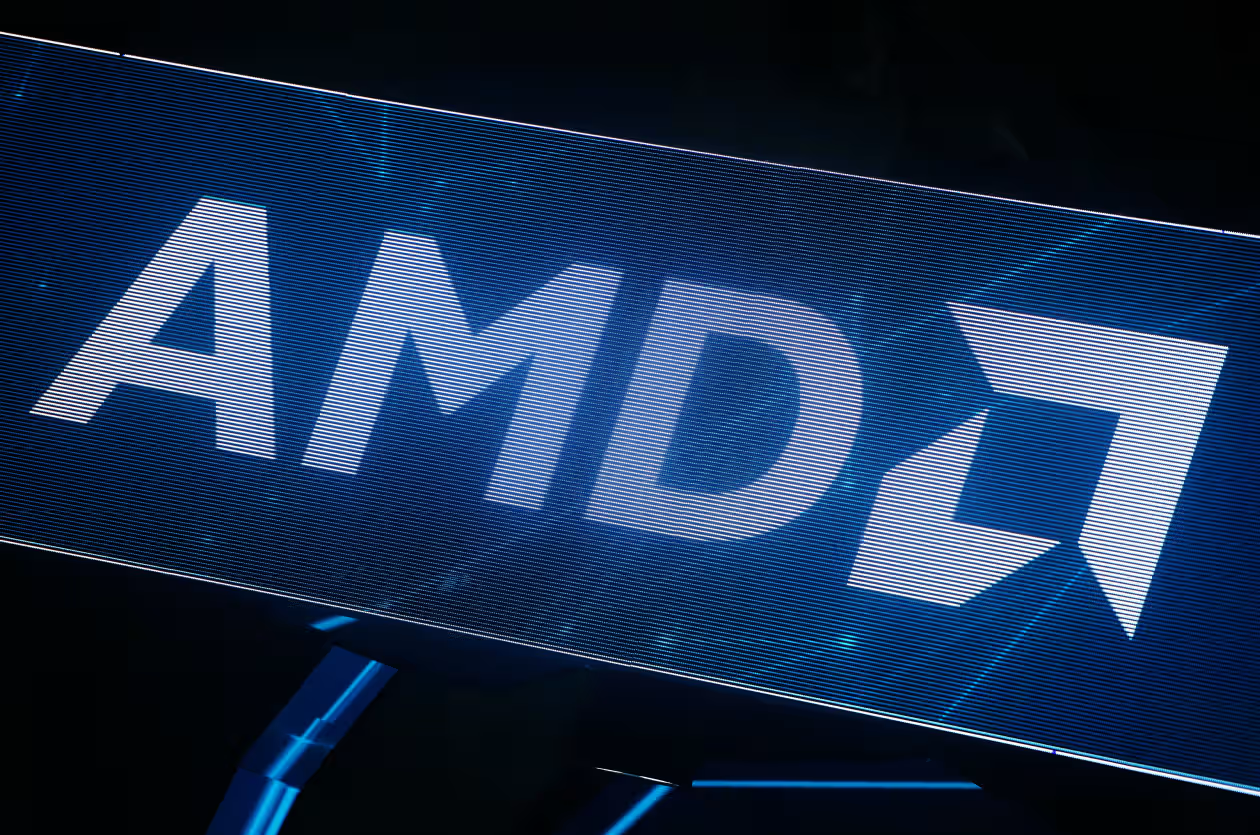AMD CEO Lisa Su has announced that the company expects its total revenue to grow by roughly 35% annually over the next three to five years, powered by soaring demand for artificial intelligence chips.
Speaking at AMD’s first financial analyst day since 2022, Su said much of this growth will come from the company’s data center AI division, which is projected to expand by around 80% per year during the same period.
She said AMD’s AI data center business is on track to generate tens of billions of dollars in annual sales by 2027, underscoring the company’s accelerating presence in one of the fastest-growing areas of the tech industry.
“This is what we see as our potential given the customer traction, both with the announced customers, as well as customers that are currently working very closely with us,” Su told analysts.
Su also said AMD could achieve a “double-digit” share of the data center AI chip market within the next three to five years — a significant ambition in a sector currently dominated by Nvidia.
Challenging Nvidia’s Market Dominance
Nvidia currently controls over 90% of the AI chip market, according to industry estimates, which has helped push its market capitalization above $4.6 trillion. By contrast, AMD’s valuation sits at around $387 billion.
While AMD’s shares fell about 3% in extended trading following Su’s comments, the company’s forecast for gross margins between 55% and 58% in the coming years came in stronger than analysts expected. That margin improvement briefly lifted investor sentiment.
Su’s comments reflect AMD’s growing confidence in competing against Nvidia, particularly as demand for GPUs to power AI tools such as OpenAI’s ChatGPT continues to surge.
As one of the only major GPU developers besides Nvidia, AMD is increasingly viewed as a crucial alternative for companies aiming to expand AI capacity while managing costs.
Partnerships with OpenAI, Meta, and Oracle Boost Confidence
In October, AMD revealed a major partnership with OpenAI, under which it will supply the AI firm with billions of dollars’ worth of its Instinct AI chips over several years.
Deliveries will begin in 2026, starting with systems capable of using 1 gigawatt of power.
As part of the deal, OpenAI could take up to a 10% stake in AMD.
Su also pointed to new long-term collaborations with Oracle and Meta as examples of the company’s strengthening industry relationships.
OpenAI is additionally helping AMD design its next generation of systems based on the upcoming Instinct MI400X AI chips, expected to ship next year. These chips will feature “rack-scale” architecture, allowing 72 chips to function together as one — a design essential for training large-scale AI models.
If AMD succeeds with its rack-scale systems, it would match Nvidia’s capabilities, whose GPUs have already been offered in similar configurations for three generations.
Expanding AI Market Opportunity
Su highlighted that AMD now forecasts the total market for AI data center components and systems to reach $1 trillion annually by 2030, growing at about 40% per year.
That estimate marks a sharp increase from AMD’s earlier projection of a $500 billion AI chip market by 2028.
The new figure also includes CPUs — traditional processors that remain key in AI systems — alongside GPUs, which serve as dedicated AI accelerators.
AMD reported $5 billion in AI chip sales in fiscal 2024, marking substantial progress from previous years.
Diversified Business Continues to Grow
Although AI dominated much of AMD’s analyst day discussion, Su emphasized that the company’s traditional businesses remain strong.
AMD’s Epyc CPUs are still its top-selling product line, competing with Intel and smaller chipmakers using Arm-based designs. The company also manufactures processors for game consoles, networking, and other markets.
“The other message that we want to leave you with today is every other part of our business is firing on all cylinders, and that’s actually a very nice place to be,” Su said.
AMD’s shares have nearly doubled so far in 2025, reflecting investor optimism that the company’s growing presence in AI and strong fundamentals across its core businesses will drive sustained long-term growth.







